The Discus Thrower (Discobolus of Myron)
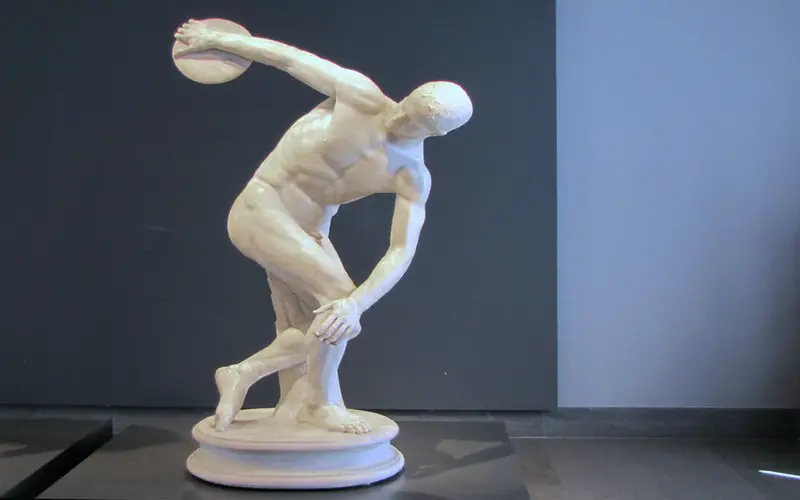
Perhaps the most famous artifacts from ancient Greece are the Parthenon Marbles, also known as the Elgin Marbles. These sculptural masterpieces adorned the Parthenon, the iconic temple dedicated to the goddess Athena, atop the Acropolis in Athens. Carved by renowned sculptor Phidias and his workshop in the 5th century BCE, the marbles depict scenes from Greek mythology and historical events. Today, these magnificent sculptures are housed in the British Museum in London, sparking ongoing debate and controversy over their rightful ownership and display.
The Parthenon Marbles (Elgin Marbles)
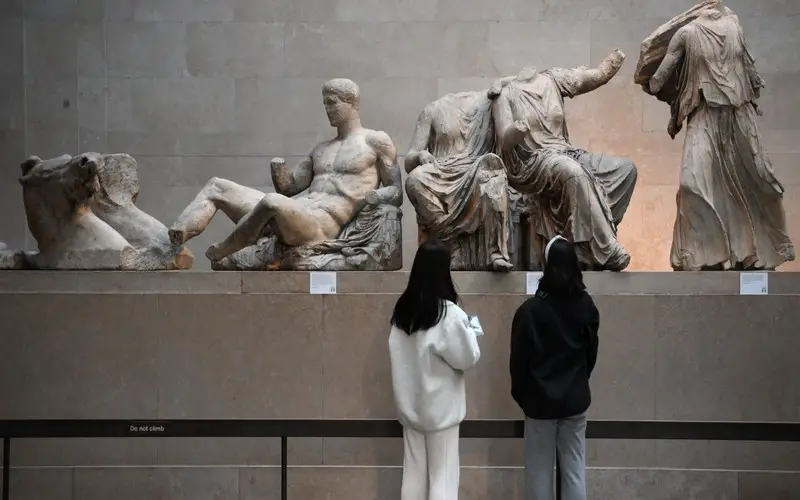
Perhaps the most famous artifacts from ancient Greece are the Parthenon Marbles, also known as the Elgin Marbles. These sculptural masterpieces adorned the Parthenon, the iconic temple dedicated to the goddess Athena, atop the Acropolis in Athens. Carved by renowned sculptor Phidias and his workshop in the 5th century BCE, the marbles depict scenes from Greek mythology and historical events. Today, these magnificent sculptures are housed in the British Museum in London, sparking ongoing debate and controversy over their rightful ownership and display.
The Winged Victory of Samothrace
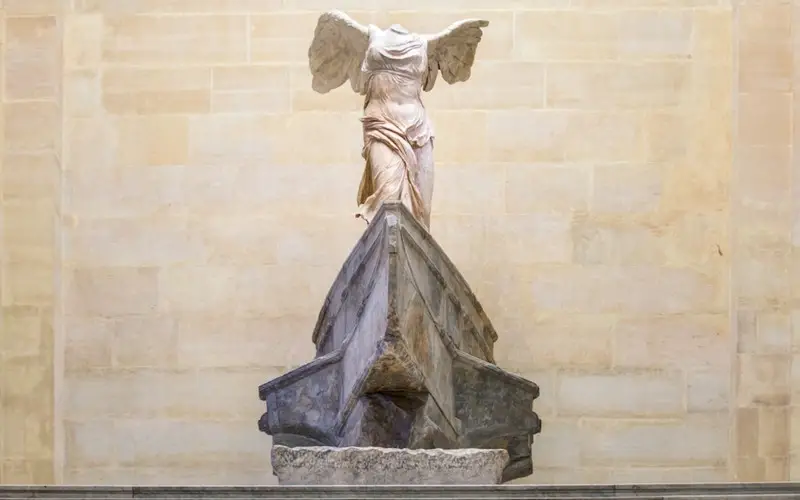
Perched atop a grand staircase in the Louvre Museum in Paris, the Winged Victory of Samothrace is a stunning marble sculpture dating back to the 2nd century BCE. Also known as the Nike of Samothrace, this majestic statue represents the Greek goddess Nike, the personification of victory. With its dynamic pose and billowing drapery, the Winged Victory is a masterpiece of Hellenistic sculpture, evoking a sense of triumph and grandeur.
The Charioteer of Delphi
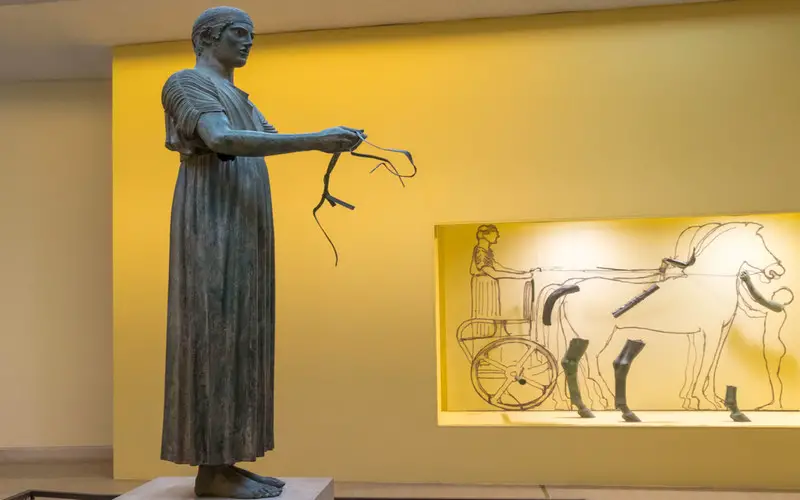
Discovered in the sanctuary of Apollo at Delphi, the Charioteer of Delphi is a bronze statue dating back to the 5th century BCE. This remarkable sculpture depicts a victorious charioteer standing atop his chariot, his expression serene and dignified. Considered one of the finest examples of ancient Greek bronze casting, the Charioteer of Delphi is now housed in the Delphi Archaeological Museum, where it continues to captivate visitors with its beauty and craftsmanship.
The Venus de Milo

Another iconic masterpiece housed in the Louvre Museum is the Venus de Milo, a marble sculpture believed to depict the goddess Aphrodite (Venus in Roman mythology). Discovered on the island of Milos in 1820, this statue dates back to the 2nd century BCE and is renowned for its graceful pose and timeless beauty. Despite missing her arms, the Venus de Milo remains one of the most famous sculptures from ancient Greece, symbolizing love, beauty, and feminine grace.
The Mask of Agamemnon
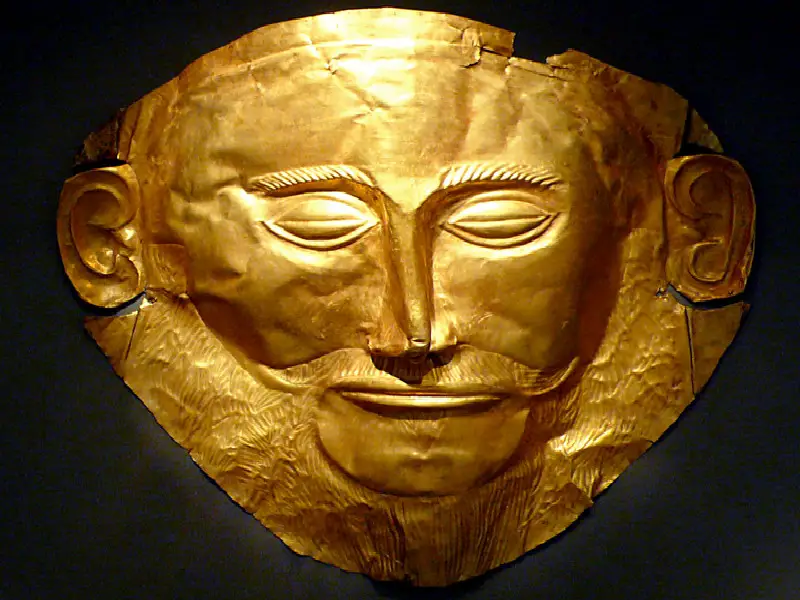
Unearthed by archaeologist Heinrich Schliemann at the ancient site of Mycenae in 1876, the Mask of Agamemnon is a gold funeral mask dating back to the late Bronze Age (circa 1550–1500 BCE). Although it is unlikely to represent the legendary Greek king Agamemnon, the mask is a striking example of Mycenaean funerary art and has become an enduring symbol of ancient Greece’s rich cultural heritage. Today, the Mask of Agamemnon is housed in the National Archaeological Museum of Athens.





















